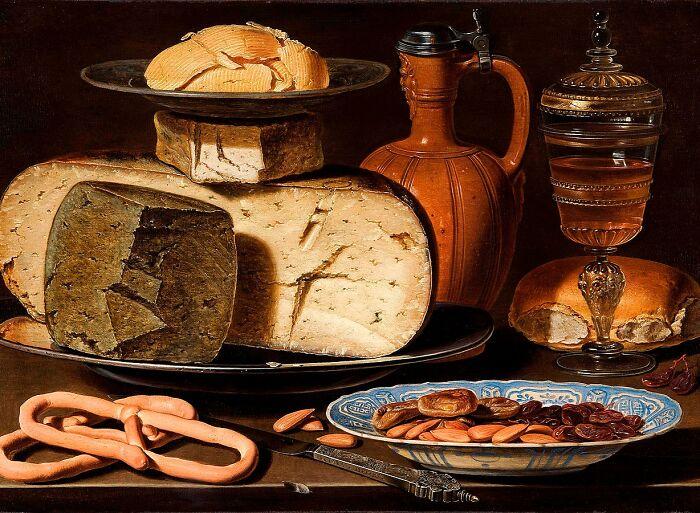The people of the Netherlands loved still lifes, from commoners, to merchants, to nobles; in fact, the name “still life” comes from the Dutch “still leven.” Everyone wanted a still life in their home, especially in the 17th century, a time of unprecedented prosperity. Wealth came on the ships of the Dutch East India Company, which brought many new foods and spices to their tables.
One Flemish artist found great success painting still lifes: Clara Peeters. She chose foods and items for her paintings that were both familiar and exotic to her Dutch patrons. And she painted with such skill that one could almost touch the food she placed in her compositions.






